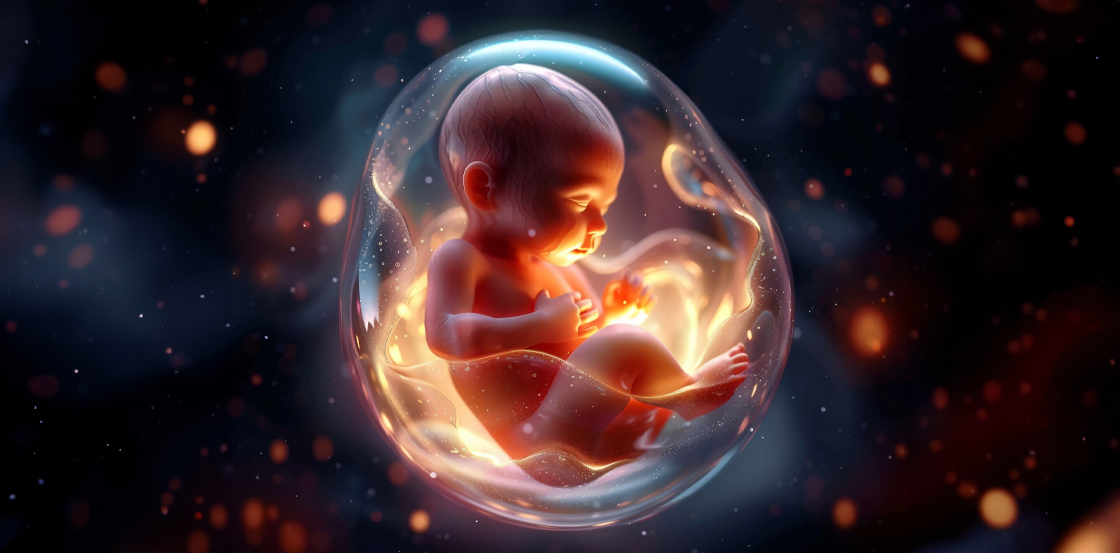Post link copied to clipboard!

In a remarkable scientific achievement, researchers have successfully generated a human embryo model that closely resembles a 14-day-old embryo—without the need for sperm, eggs, or a womb. This groundbreaking “human embryo model” has been crafted using stem cells, offering profound insights into early human development.
The Weizmann Institute research team has pioneered this ethical approach to studying the earliest stages of human life. Traditional research into the weeks following fertilization has been fraught with complexities and limitations. Professor Jacob Hanna from the Weizmann Institute of Science notes that our understanding of this critical period remains remarkably limited.
Researchers have long grappled with legal, ethical, and technical challenges surrounding embryo research. Nevertheless, a rapidly evolving field now focuses on emulating natural embryo development. The Israeli team’s research, published in Nature Journal, represents the first “complete” human embryo model, replicating all vital structures that emerge during early embryonic development.
This innovative approach uses naive stem cells as a starting point. Researchers reprogram these stem cells, imbuing them with the potential to develop into any tissue type found in the human body. Precise chemical interventions coax these stem cells into differentiating into four distinct cell types typically observed in early human embryos:
By combining 120 cells in precise ratios, scientists witnessed an astonishing phenomenon: the cells spontaneously organized themselves into a structure resembling a human embryo, though not a replica. Professor Hanna marvels at this extraordinary process and the importance of providing the ideal conditions for it to occur.
These embryo models were allowed to develop until they resembled embryos 14 days post-fertilization, aligning with the legal cut-off for typical embryo research in many countries.
Professor Hanna provides a virtual 3D tour of the embryo model’s intricate architecture, highlighting features such as the trophoblast enveloping the embryo, nutrient-transporting cavities known as lacuna, the yolk sac’s roles akin to the liver and kidneys, and the bilaminar embryonic disc—a hallmark of this developmental stage.
Embryo models hold immense promise for shedding light on the emergence of diverse cell types, the initial phases of organ formation, and understanding inherited or genetic diseases. Their application extends to improving in vitro fertilization (IVF) success rates and investigating the causes of embryo failure by testing the safety of medications during pregnancy.
Professor Robin Lovell Badge, a specialist in embryo development at the Francis Crick Institute, commends the quality and normalcy of these models while acknowledging the need to improve their success rate. Achieving a better understanding of miscarriages and infertility requires enhanced model assembly.
As research extends the limits of embryo development, questions arise about the possibility of mimicking development beyond the 14-day mark. While this is not illegal, as embryo models are legally distinct from embryos, their striking similarity to real embryos raises ethical concerns regarding regulation and treatment.
Professor Alfonso Martinez Arias from Pompeu Fabra University recognizes this research as a monumental achievement. For the first time, it faithfully reconstructs the complete structure of a human embryo from stem cells, opening doors to study events leading to the formation of the human body plan.
However, it’s crucial to note that using these embryo models to achieve pregnancy is ethically prohibited and scientifically impossible, as the assembly of 120 cells surpasses the point at which an embryo can successfully implant into the uterine lining.